Curious about matcha FAQs? Wondering why this trendy drink is so popular or how to prepare it? Look no further for answers to all your questions! Let’s demystify the world of matcha together.
What is matcha?
Matcha is a finely ground, vibrant green
How is matcha different from regular green tea ?
Matcha and regular green tea both come from the Camellia sinensis plant, but the production process and consumption methods differ. It is made from shade-grown
What are the health benefits of matcha?
Matcha is rich in antioxidants, specifically catechins like EGCG, which have been linked to various health benefits such as boosting metabolism, improving mental clarity, and supporting cardiovascular health. It also contains L-theanine, an amino acid that promotes relaxation and helps counterbalance the effects of caffeine.

How do I prepare matcha?
To prepare matcha, sift 1-2 teaspoons of matcha powder into a bowl to remove clumps. Add 2-4 ounces of hot water (around 175°F or 80°C) and whisk the mixture vigorously using a bamboo whisk or an electric frother until a frothy layer forms on the surface.
Is matcha suitable for vegans and vegetarians?
Yes, it is a plant-based product and is suitable for both vegans and vegetarians.
How much caffeine does matcha contain?
Matcha contains approximately 30-70 mg of caffeine per serving (1-2 teaspoons), depending on the quality and preparation method. This is slightly more than regular green

Can I use matcha in recipes other than tea ?
Yes, it can be used in a variety of recipes, including smoothies, lattes, desserts, and even savory dishes. Its unique flavor and vibrant color make it a versatile ingredient in cooking and baking.
Here are some of my matcha recipes that you can try:
Where can I buy matcha?
It can be found in various stores, including
How should I store matcha?
Store it in an airtight container in a cool, dark place, away from direct sunlight and strong odors. Refrigeration can help prolong the shelf life, but ensure the container is sealed properly to prevent moisture and odor absorption.
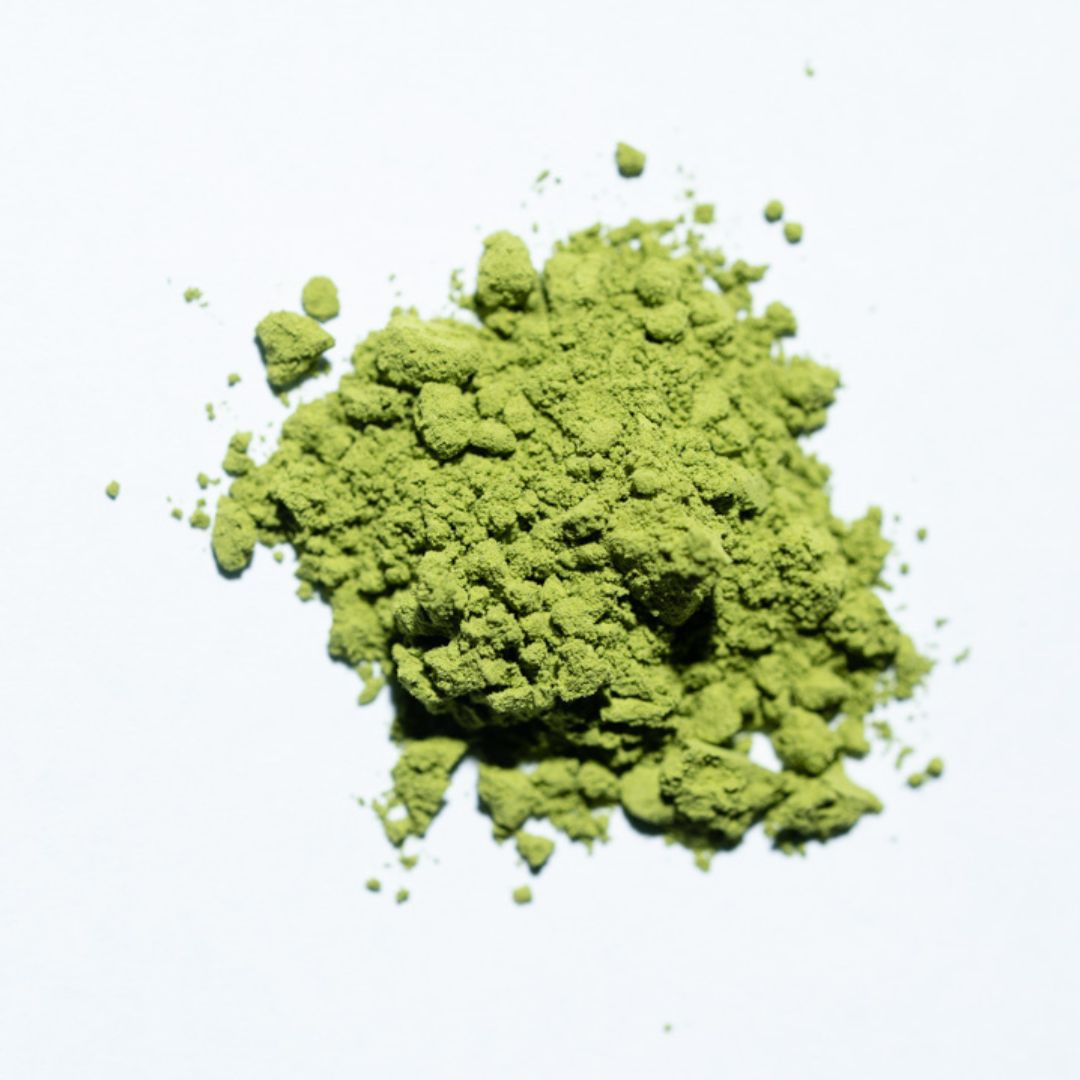
What are the different grades of matcha?
It is typically classified into two main grades: ceremonial and culinary. Ceremonial grade is made from the youngest, highest quality
Conclusion
Whether you’re a long-time matcha enthusiast or a newbie looking to try it out for the first time, there’s a lot to appreciate about this unique beverage. With its bold flavor, beautiful color, and impressive health benefits, matcha is a true powerhouse of
Want to know more, you might want to check matcha ultimate guide here.


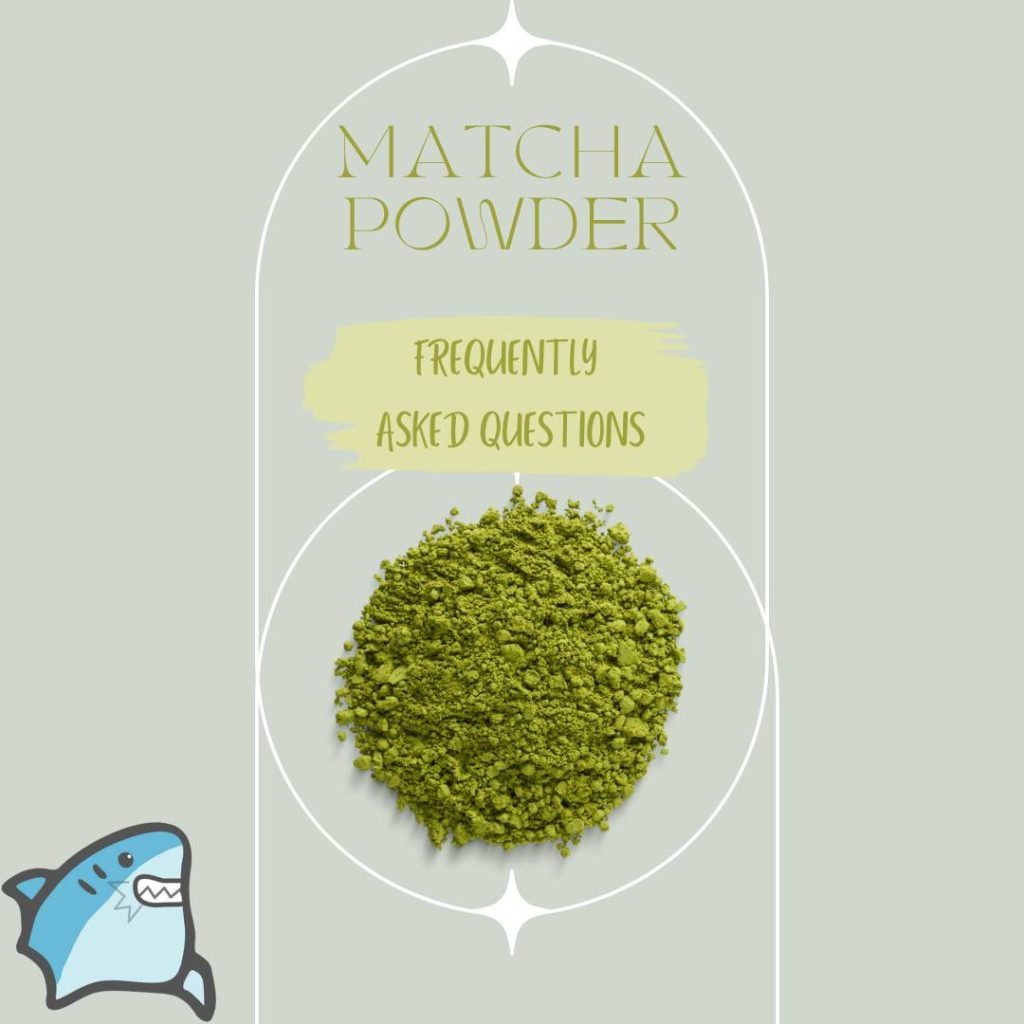
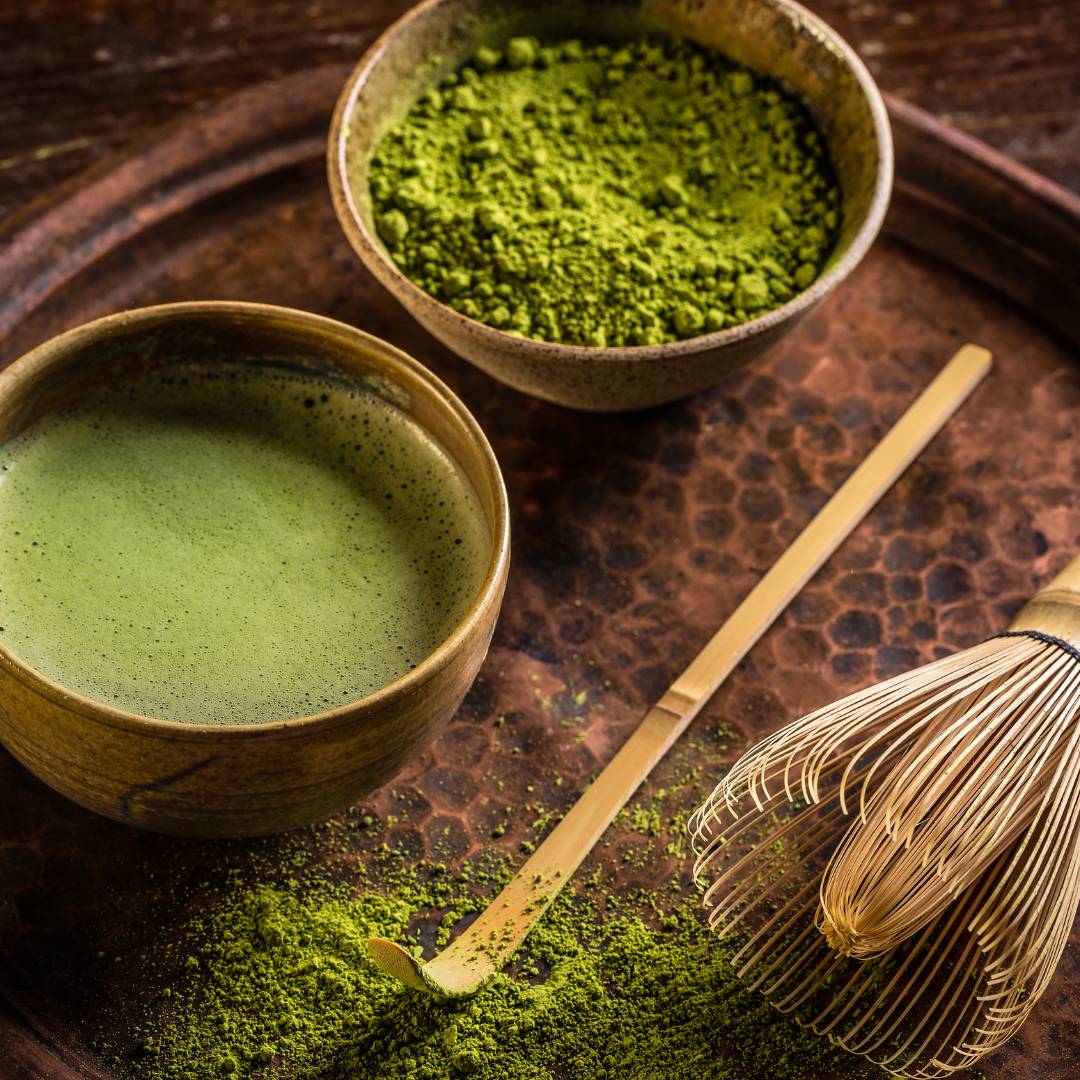





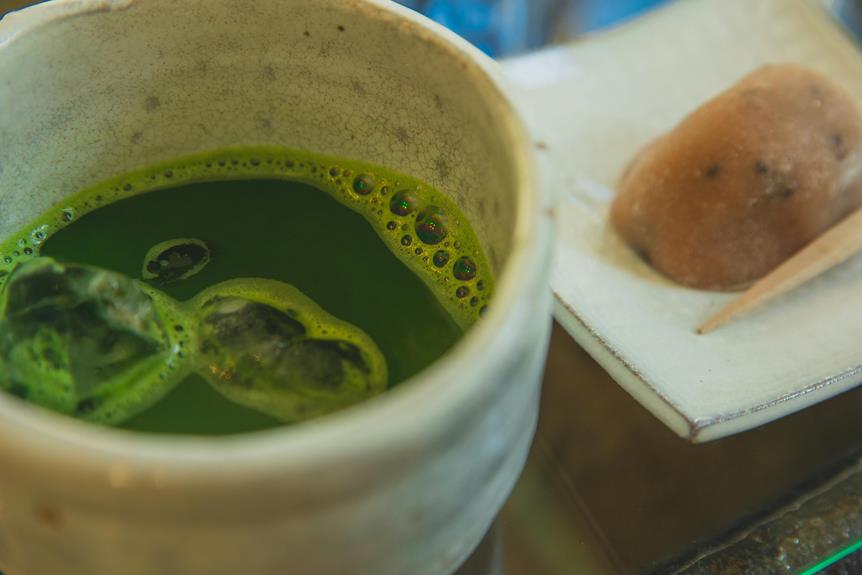
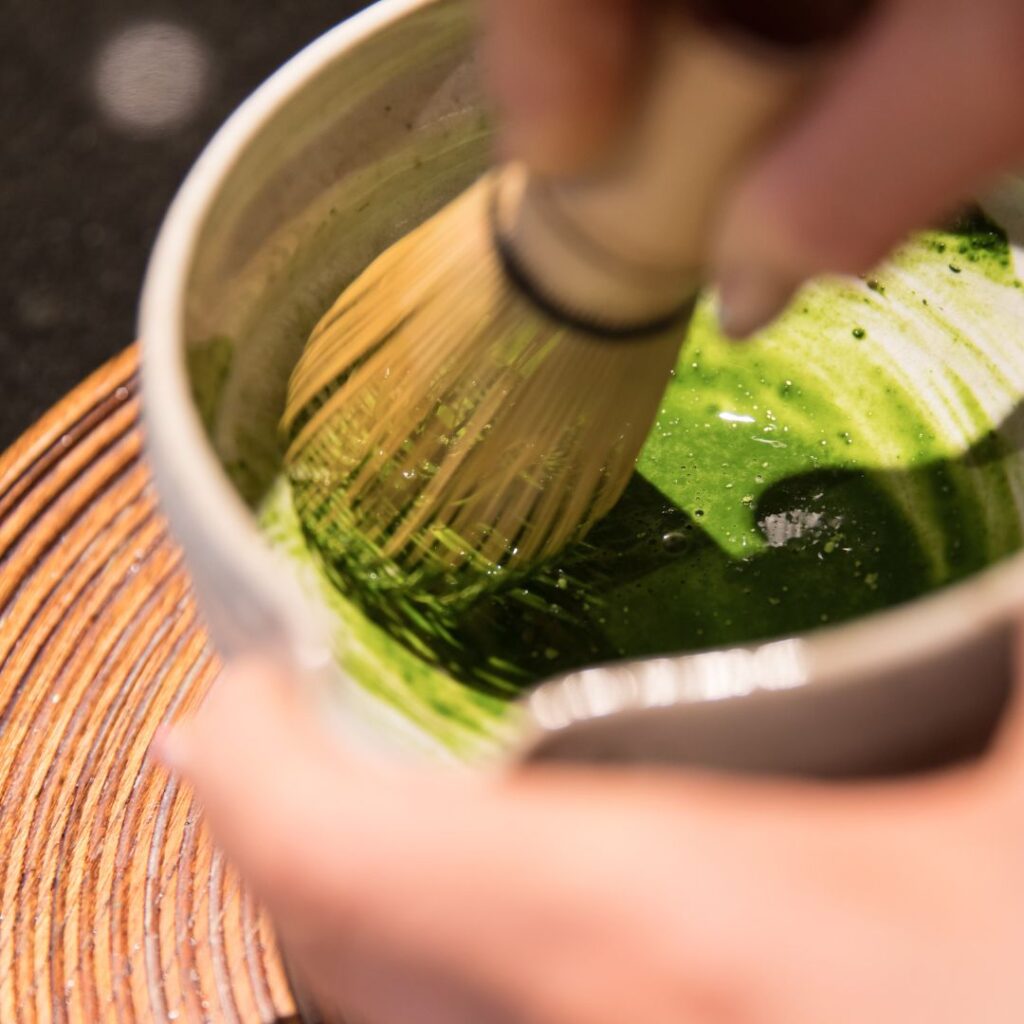
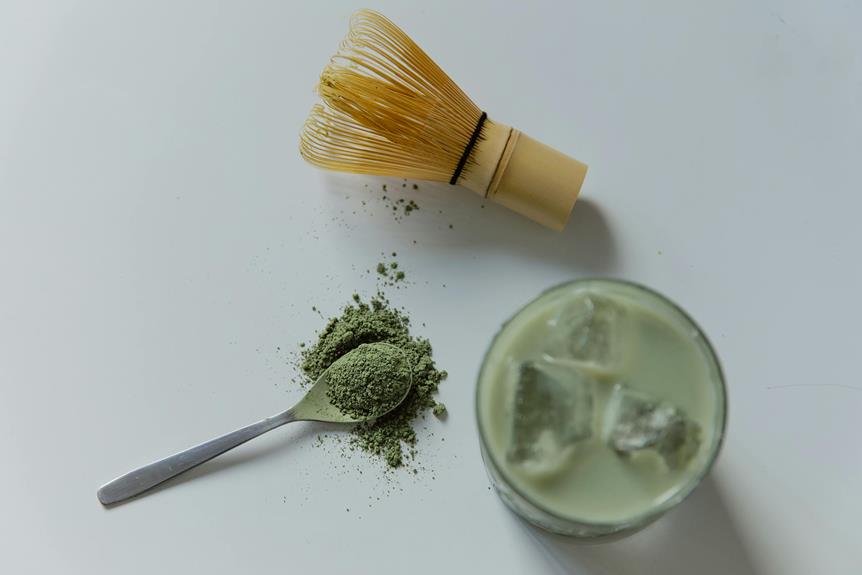
Konnichiwa! (Hello!) I'm Pat Tokuyama, a Japanese tofu cookbook author, who travels for music, food, and adventure. If you like Japanese tea, checkout some of the newestorganic japanese tea, matcha bowls and noren and more!
** Curious about the Plant Based Japanese Cooking Club? ** Learn more here!